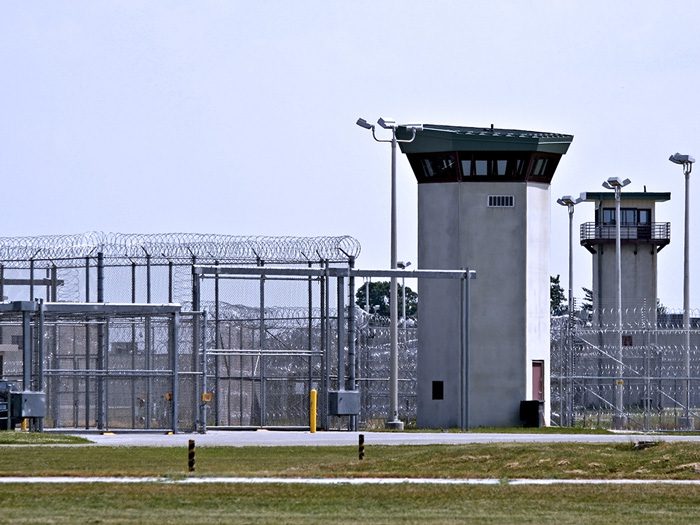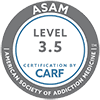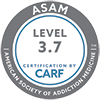 Substance abuse in prison is an ongoing problem that needs attention. The following facts were reported by the National Association of Drug Court Professionals:
Substance abuse in prison is an ongoing problem that needs attention. The following facts were reported by the National Association of Drug Court Professionals:
- One out of every 100 U.S. citizens is now confined in prison or jail
- 80% of offenders abuse alcohol or other drugs
- 60% of individuals arrested for various crimes test positive for illicit drugs at time of arrest
- Approximately 90% of prisoners return to drug use after release
- 60-80% of drug abusers commit new crimes after release from prison
The United States has over 2.3 million people in jail or prison. Of these, more than 65% meet the medical criteria for substance addiction. Of those 65%, only 11% receive drug and/or alcohol treatment while incarcerated. That leaves millions of people still addicted to substances being held in prisons. Addiction does not disappear once someone is incarcerated, which is why there is a huge influx of drugs into American prisons.
There is big money in drug dealing within prison walls, so motivation is high.
Drugs in prison can cost up to ten times as much as on the street. It has been estimated that an inmate can earn up to $7000 per week dealing drugs on the inside. The top people smuggling drugs into prisons are prison staff members, family members that come to visit, and gang members.
A spokesman for the New York State Department of corrections stated that although only two correctional officers had been arrested for smuggling drugs in the past two years, illegal drug use continues to persist. Positive drug tests have remained in the 2.9 to 3.8 percentile since 2001. In 1995, Pennsylvania had a rate of 6% of inmates testing positive for drug use.
In California prisons, an estimated 1000 drug incidents are reported annually.
Between the years 2006 and 2008, 44 inmates died of drug overdose. The numbers have not changed much. A reason for the steady influx of drugs into the California prison systems has been linked to their accommodating visiting policies.
Although only two states have been cited, drug use and addiction is a problem across the nation in all prisons and jails. The Bureau of Prisons spends $110 million annually on drug treatment programs for 80,000 inmates that are identified as addicted to narcotics. The number 80,000 is low, due to the fact that the U.S. holds 2.3 million people in jails and prisons. Many people get lost within the system and do not get drug treatment while incarcerated.
If someone you care about has been convicted and is spending time locked up, you may be thinking that at least they will get clean. Sadly, this is not always the case. Due to the grim and depressing life behind bars, more people continue to use drugs while in prison than those that get clean. And for those that do get clean, their chances are slim of staying clean once they are released if they are not involved in some type of drug treatment program that helps them deal with the issues that led to their addiction in the first place.
References:
Drug Courts Work. (n.d.). Retrieved August 26, 2016.
Drugs inside prison walls. (2010, January 27). Retrieved August, 2016.



